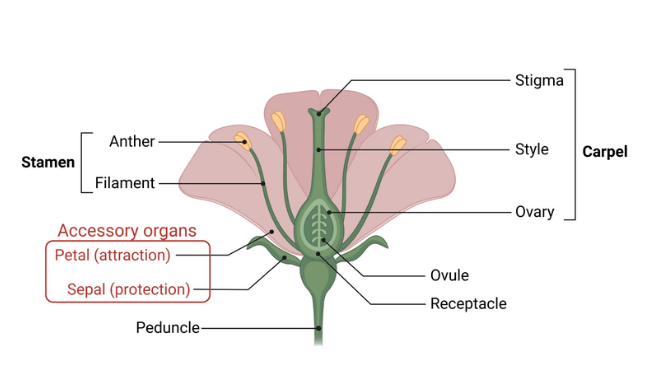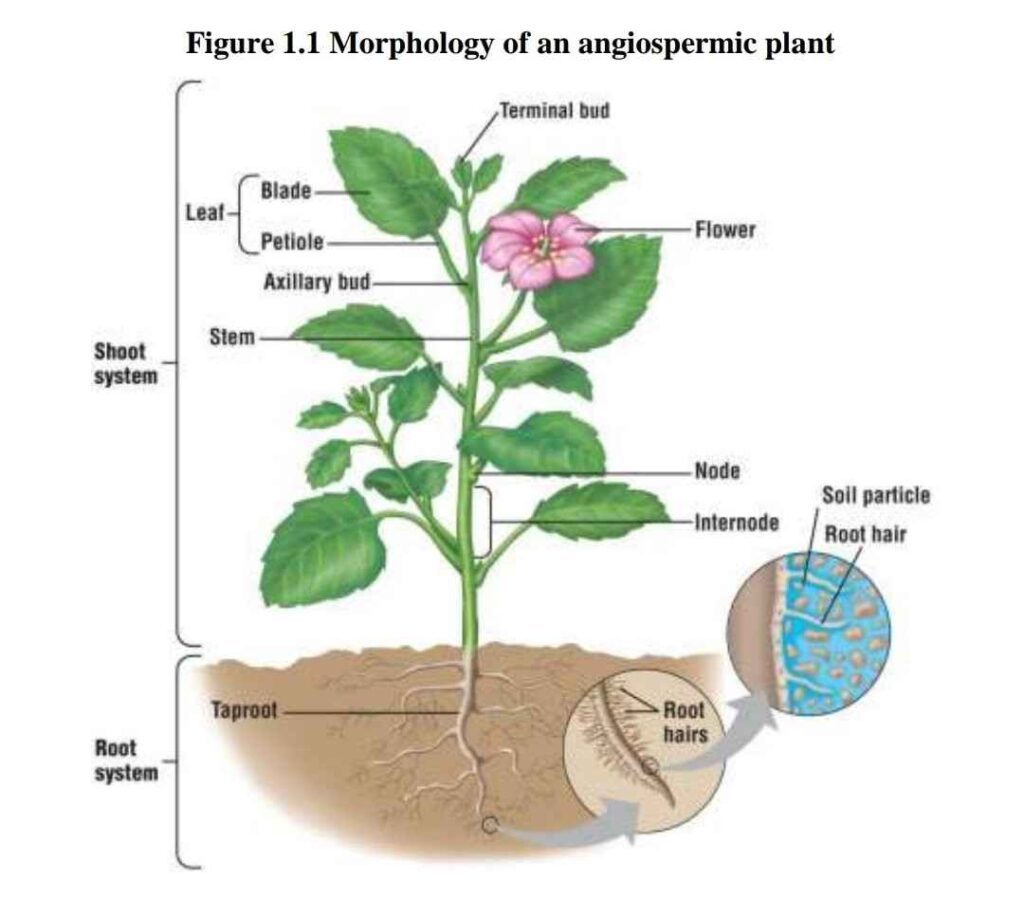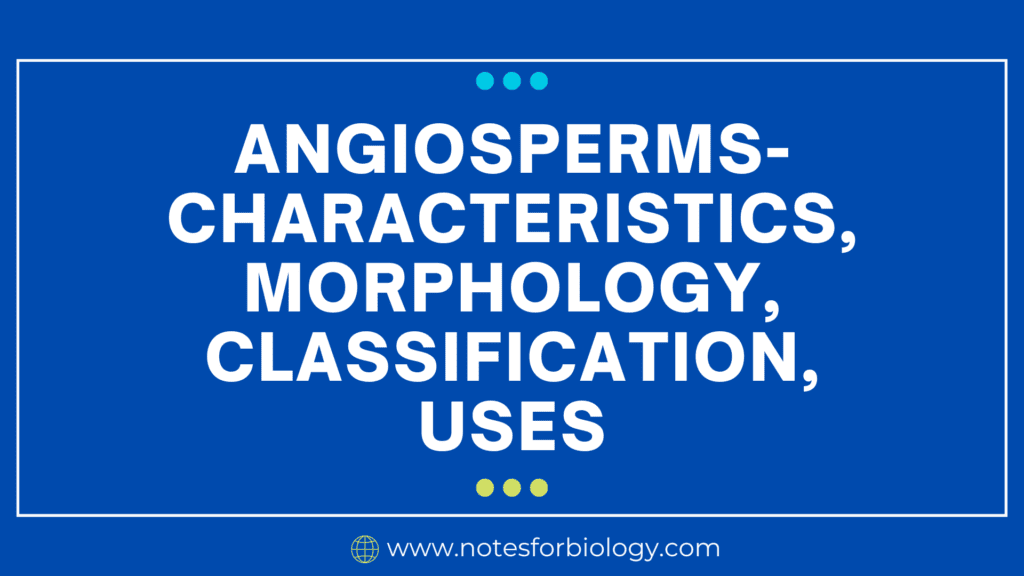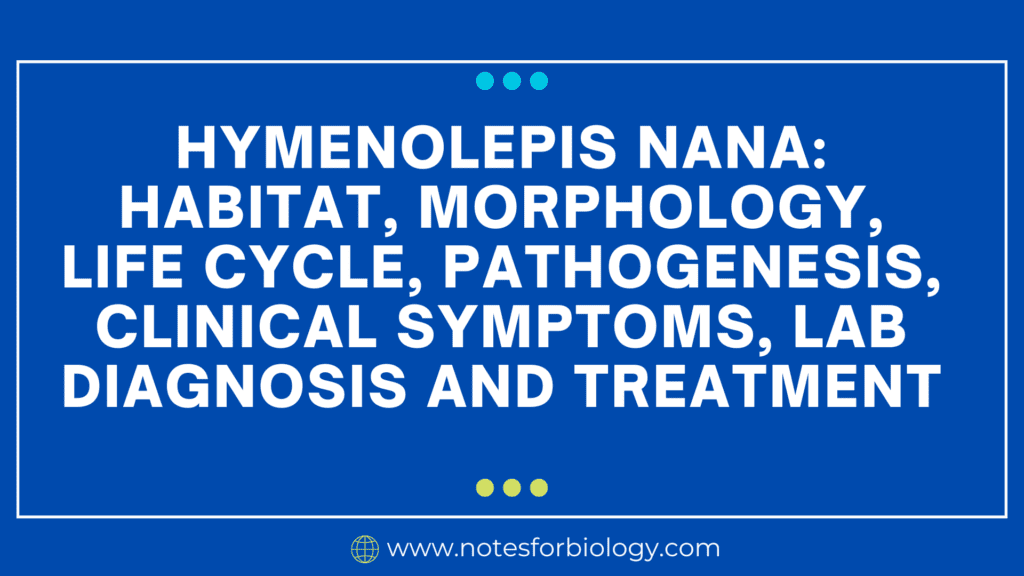Angiosperms, also known as flowering plants, are a group of plants that have seeds and flowers inside of fruits. They can be distinguished from gymnosperms by this characteristic, as the latter do not have seeds enclosed in fruit. Encompassing a wide variety of species found in almost every habitat on Earth, they are the largest and most diverse group in the plant kingdom.
Table of Contents
Definition
Vascular plants that produce flowers and seeds inside of fruits are known as angiosperms. They represent the most varied and diversified class of plants on Earth, exhibiting an enormous range of shapes and sizes. They make up around 80% of all currently recognized green plants and are found throughout a wide range of ecological habitats.

Characteristics of Angiosperms
The most varied class of land plants are called angiosperms, or flowering plants. The following characteristics define them:
- Flowers: The most distinguishing characteristic of angiosperms is the presence of flowers. The reproductive structures known as flowers house the female (carpels) and male (stamens) reproductive organs.
- Fruits: The flower’s ovary transforms into a fruit after fertilization, encasing the seeds. Seed dispersal is aided by this adaptation.
- Double Fertilization: As an unusual process known as double fertilization, they fertilize an egg to create a zygote, and then another sperm unites with two polar nuclei to create a triploid endosperm that feeds the growing embryo.
- Vascular Tissues: To facilitate the conduction of water, minerals, and nutrients throughout the plant, they possess highly developed vascular tissues, known as xylem and phloem.
- Diverse Habitats: They are found in a broad variety of habitats, including freshwater, marine, and desert regions.
- Leaf Venation: They leaves usually have a broad range of venation patterns, including reticulate and parallel venation.
Morphology of Angiosperms
They have a variety of morphological features, including flowers, fruits, seeds, roots, stems, and leaves.
- Roots: These can be fibrous roots (monocots) or taproots (dicots, for example).
- Stems: These can grow in a variety of ways, including as woody or herbaceous plants, trees, shrubs, and herbs.
- Leaves: Display a range of sizes, forms, and configurations. Different venation patterns and simple or compound leaves are examples of leaf morphology.
- Flowers: Made up of sepals, petals, male and female carpels, and stamens. Flowers come in a variety of shapes and sizes and can be either unisexual or bisexual.
- Fruits: These originate from the ovary and can be either dry or fleshy (such as nuts, capsules, and drupes).
- Seeds: Enclosed within the fruit, seeds carry the plant embryo. The shape of seeds differs greatly between species.

Classification of Angiosperms
They are classified into two main groups based on the number of cotyledons (seed leaves):
- Monocots (Monocotyledons):
- One cotyledon
- Parallel leaf venation
- Fibrous root system
- Floral parts typically in multiples of three
- Examples: Grasses, lilies, orchids
- Dicots (Dicotyledons):
- Two cotyledons
- Reticulate leaf venation
- Taproot system
- Floral parts typically in multiples of four or five
- Examples: Roses, sunflowers, oaks
Uses of Angiosperms
The great range of applications of angiosperms makes them extremely important both ecologically and economically:
- Food: The majority of the staple foods found in the world, such as grains (rice, wheat, and corn), fruits (bananas, apples), and vegetables (potatoes, tomatoes), are derived from angiosperms.
- Medicinal Plants: Both conventional and modern medicine make use of a wide variety of them. Aloe vera (for skin treatments) and Digitalis (for heart conditions) are two examples.
- Wood: Angiosperms such as mahogany, teak, and oak provide wood for building, furniture, and paper.
- Ornamentals: A wide variety of angiosperms, including orchids, tulips, and roses, are grown for their aesthetic value in gardens and other outdoor spaces.
- Fiber: Textiles are made from fibers found in plants like cotton and flax.
- Oils and Spices: Lavender, peppermint, and black pepper are just a few of the essential oils and spices that are produced by many them.
- Ecological Roles: As primary producers that form the foundation of food webs and offer a variety of organisms with food and habitat, they are essential to ecosystems.
To sum up, angiosperms are a very important and diverse class of plants that have many functions that are advantageous to both ecosystems and people. They also have complicated reproductive systems, a wide range of morphologies, important classification groups, and many uses.
Frequently Asked Questions
Why are flowers important in angiosperms?
Angiosperms reproduce through flowers. They guarantee seed production, draw in pollinators, and aid in the pollination process. These plants reproduce successfully because of the diversity in flower structure and color.
How are angiosperms classified?
Based on the number of cotyledons, they are mainly divided into two major groups:
1.Monocotyledons, or monocots: single cotyledon, fibrous roots, parallel venation, and multiples of three floral parts.
2.Dicotyledons (Dicots): Taproot system, reticulate venation, two cotyledons, and floral parts in multiples of four or five.
Related Articles




